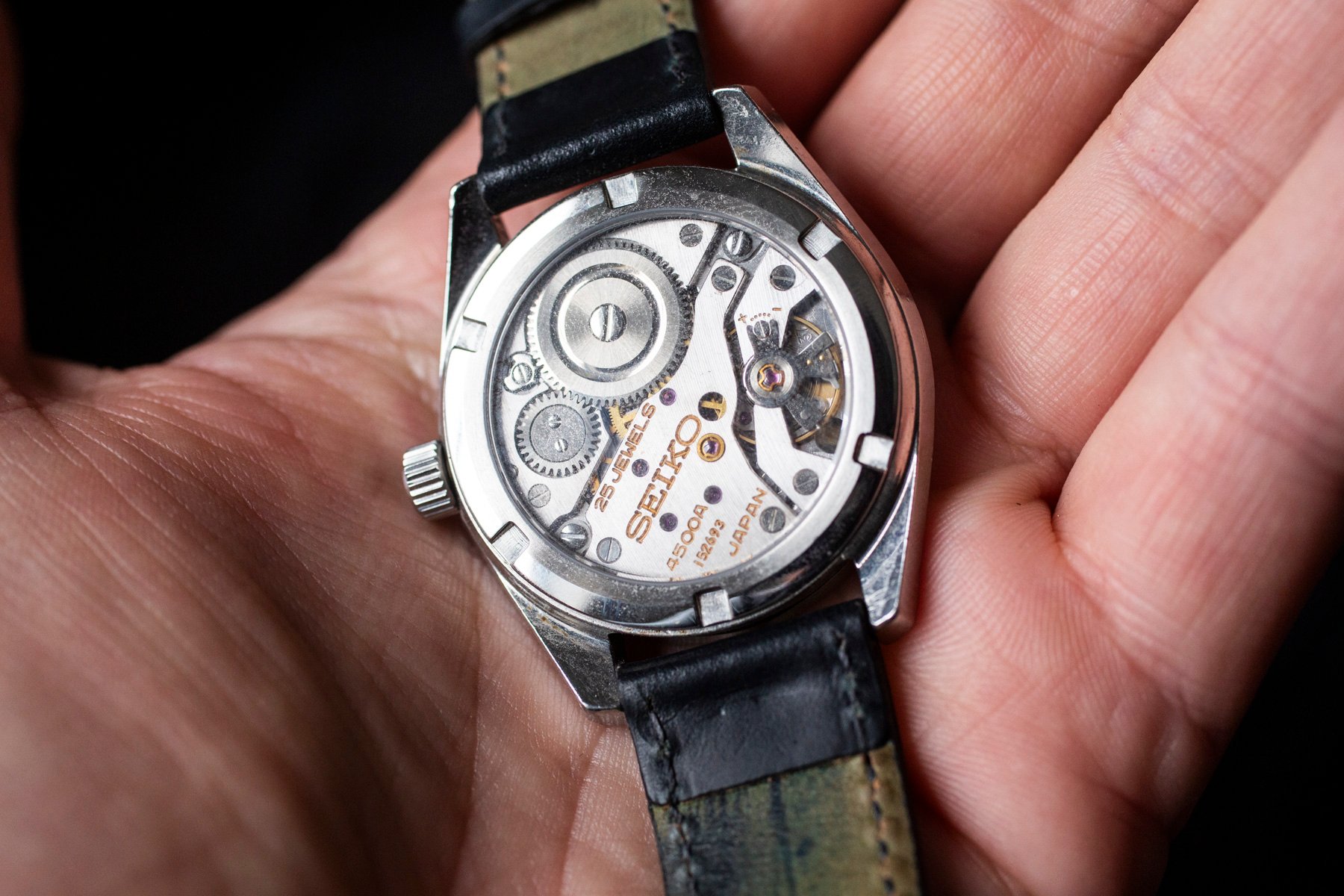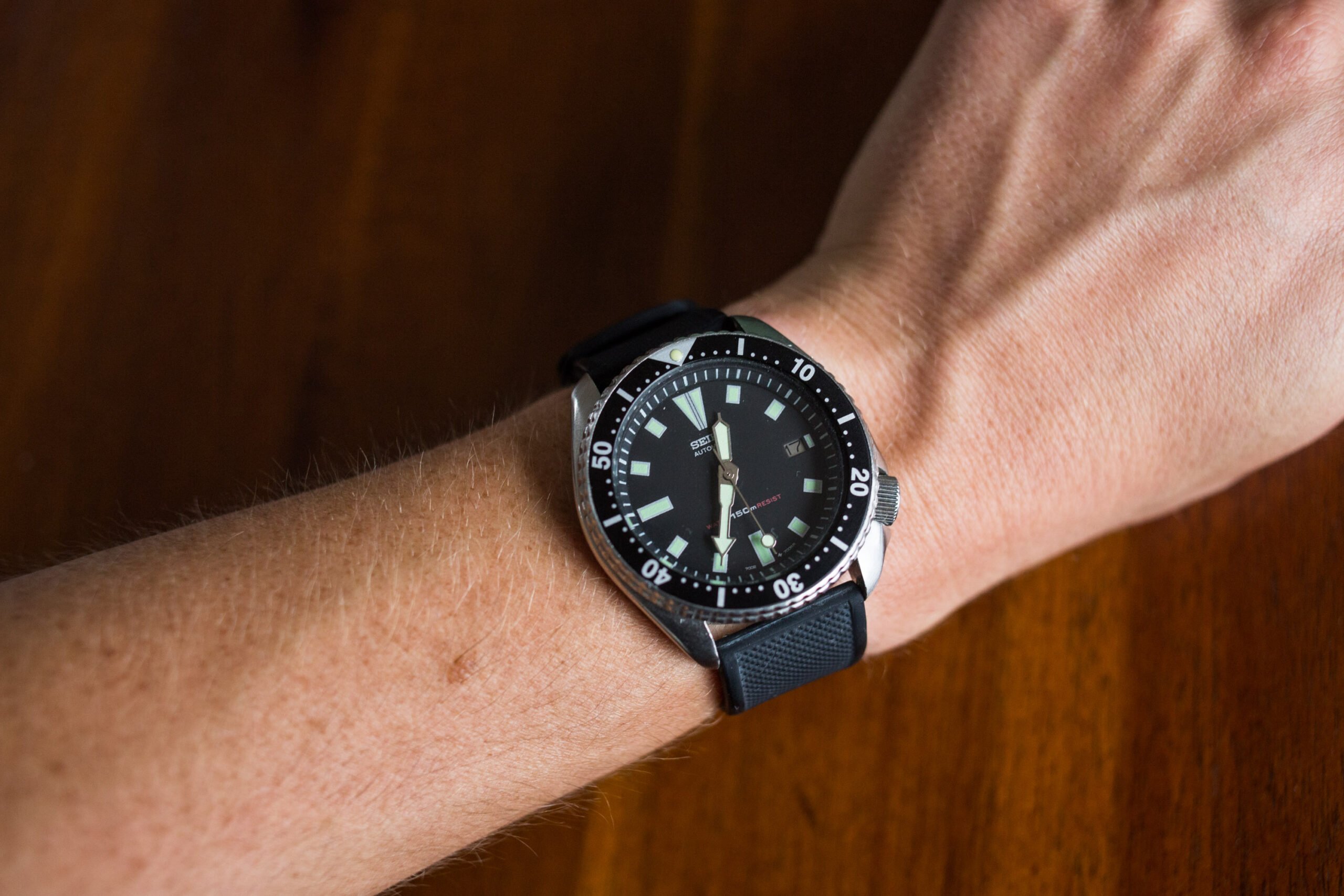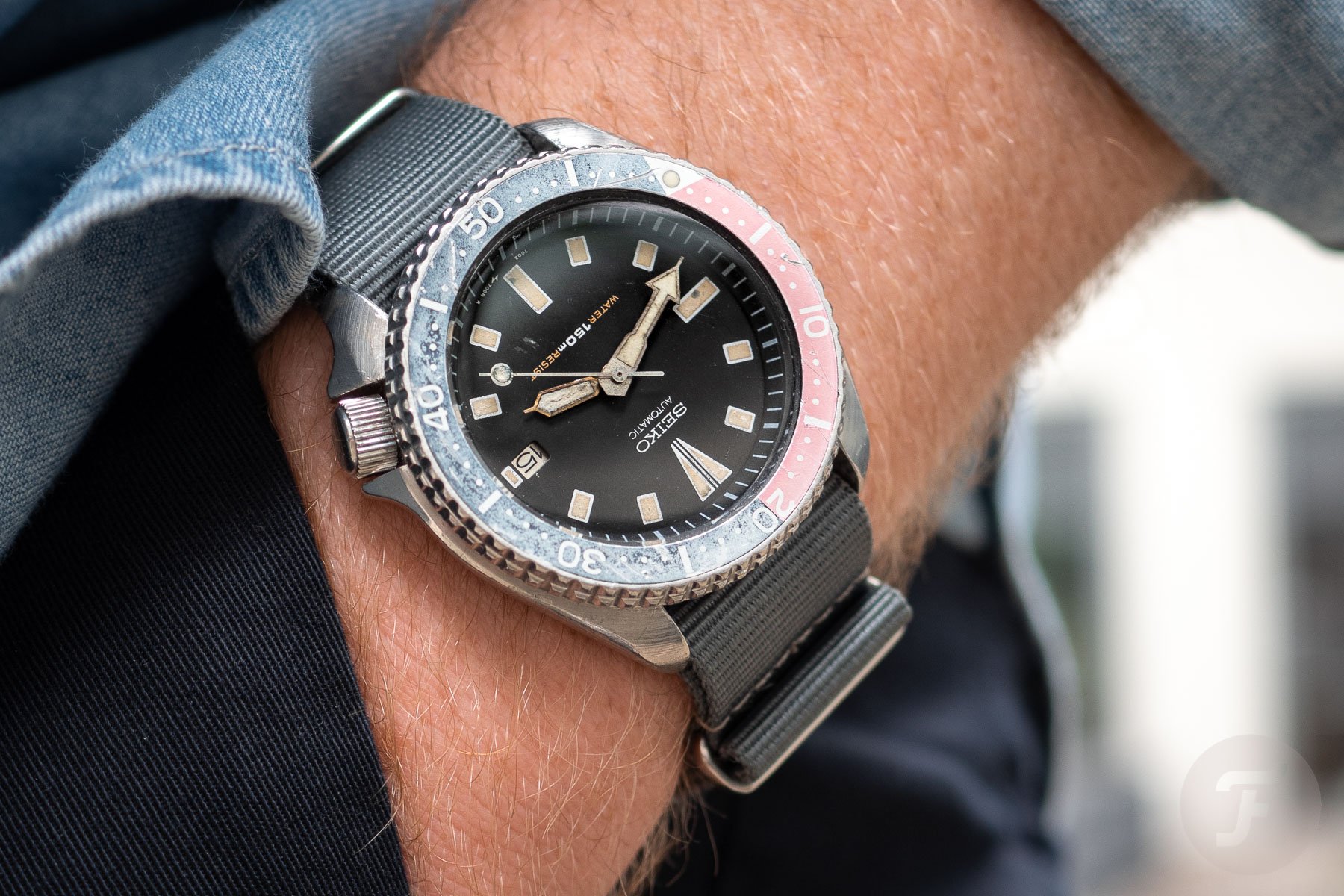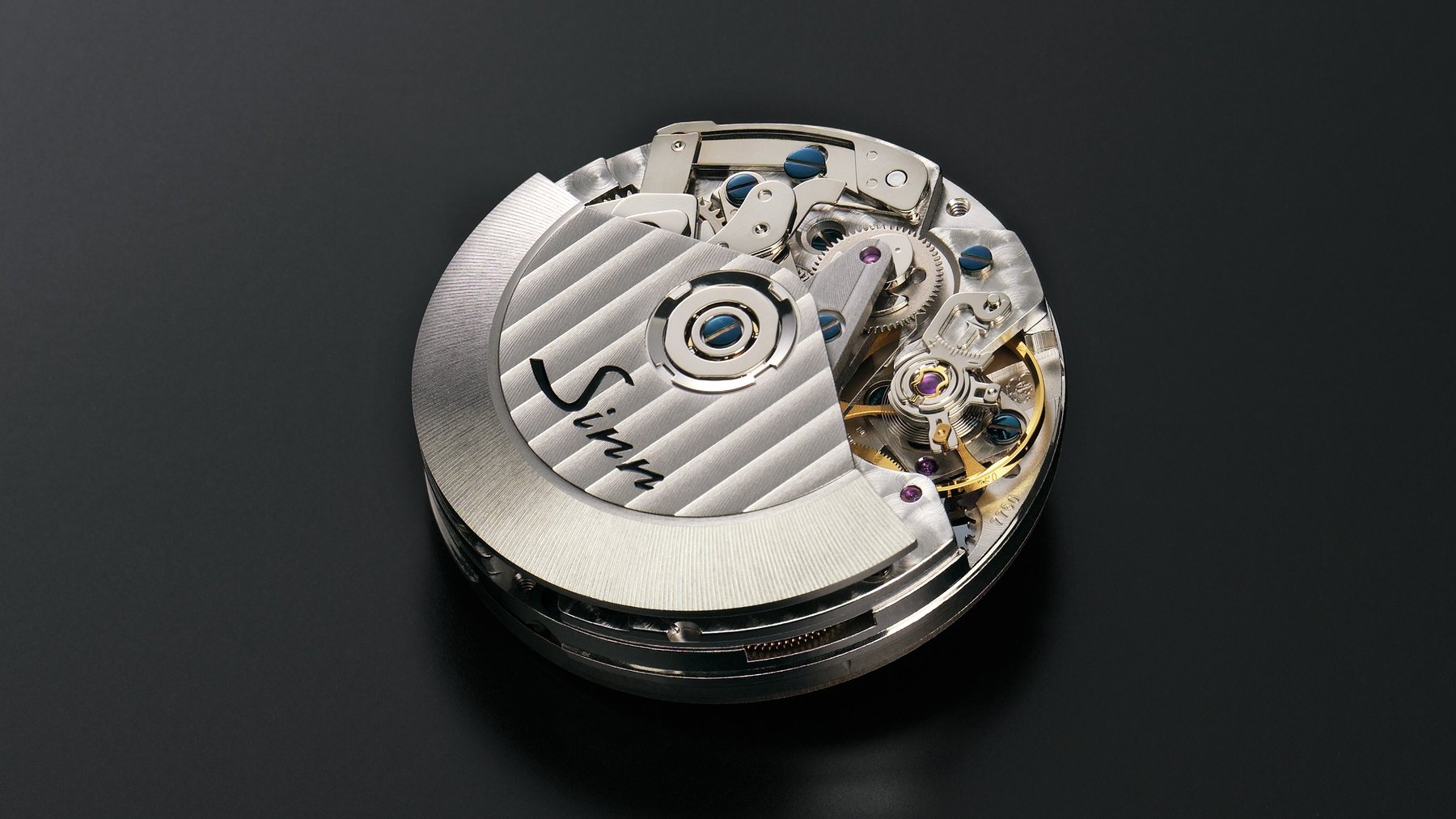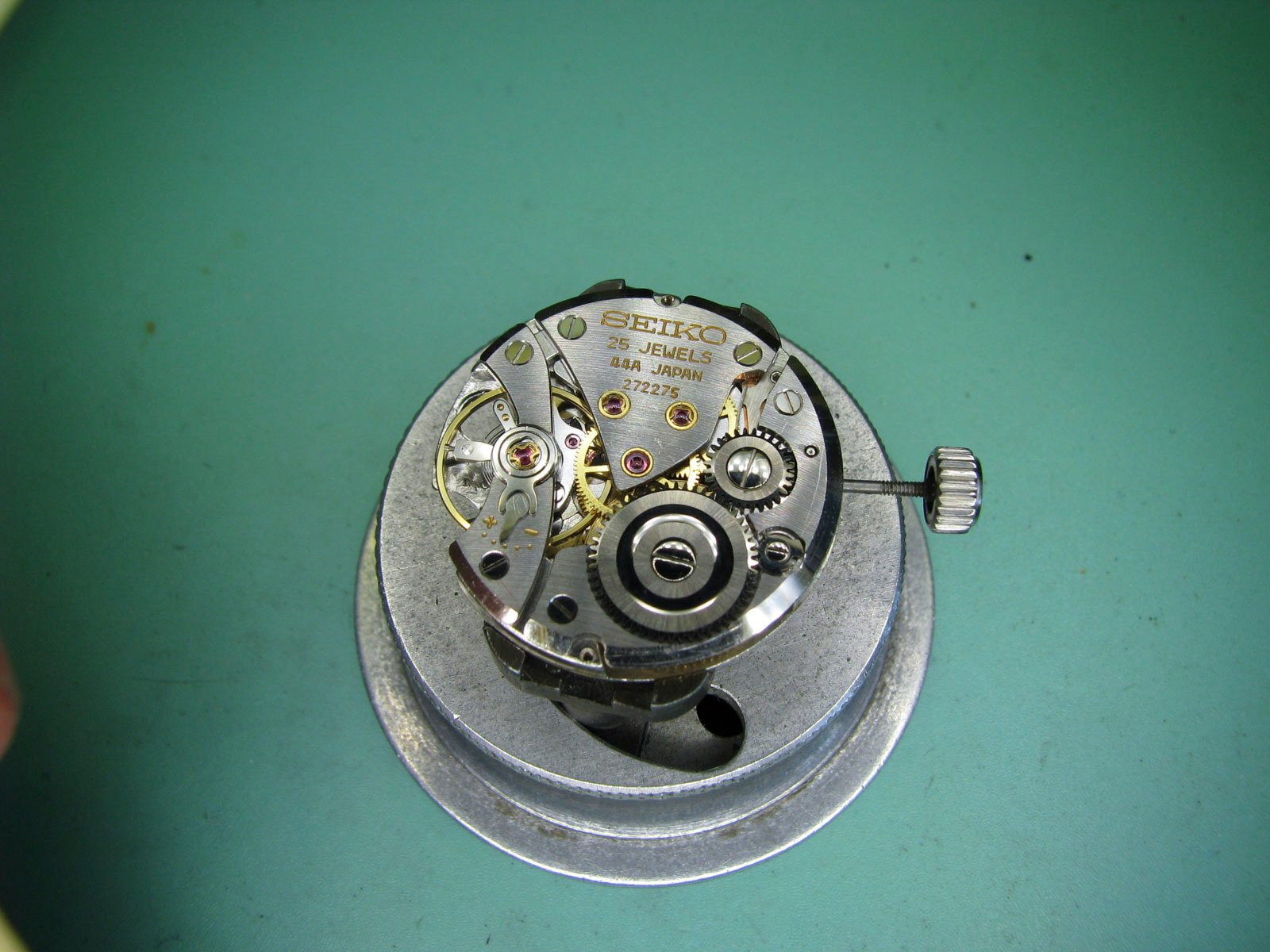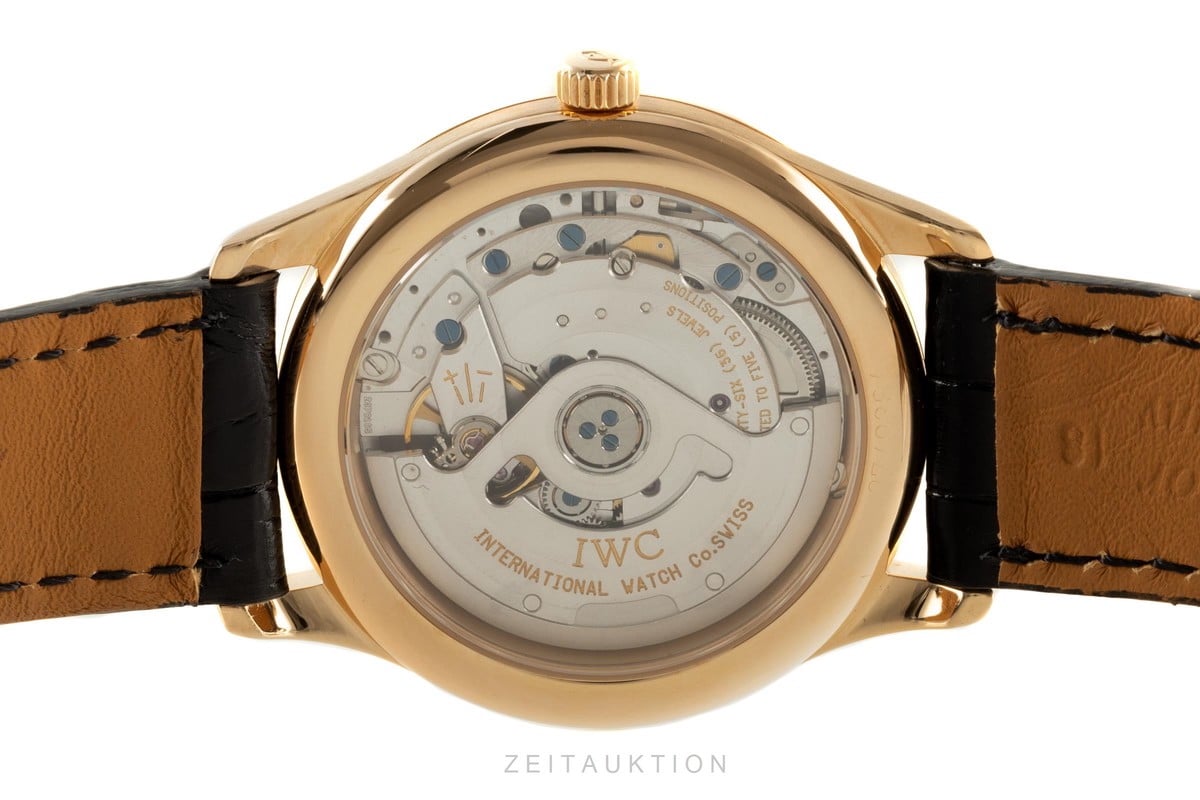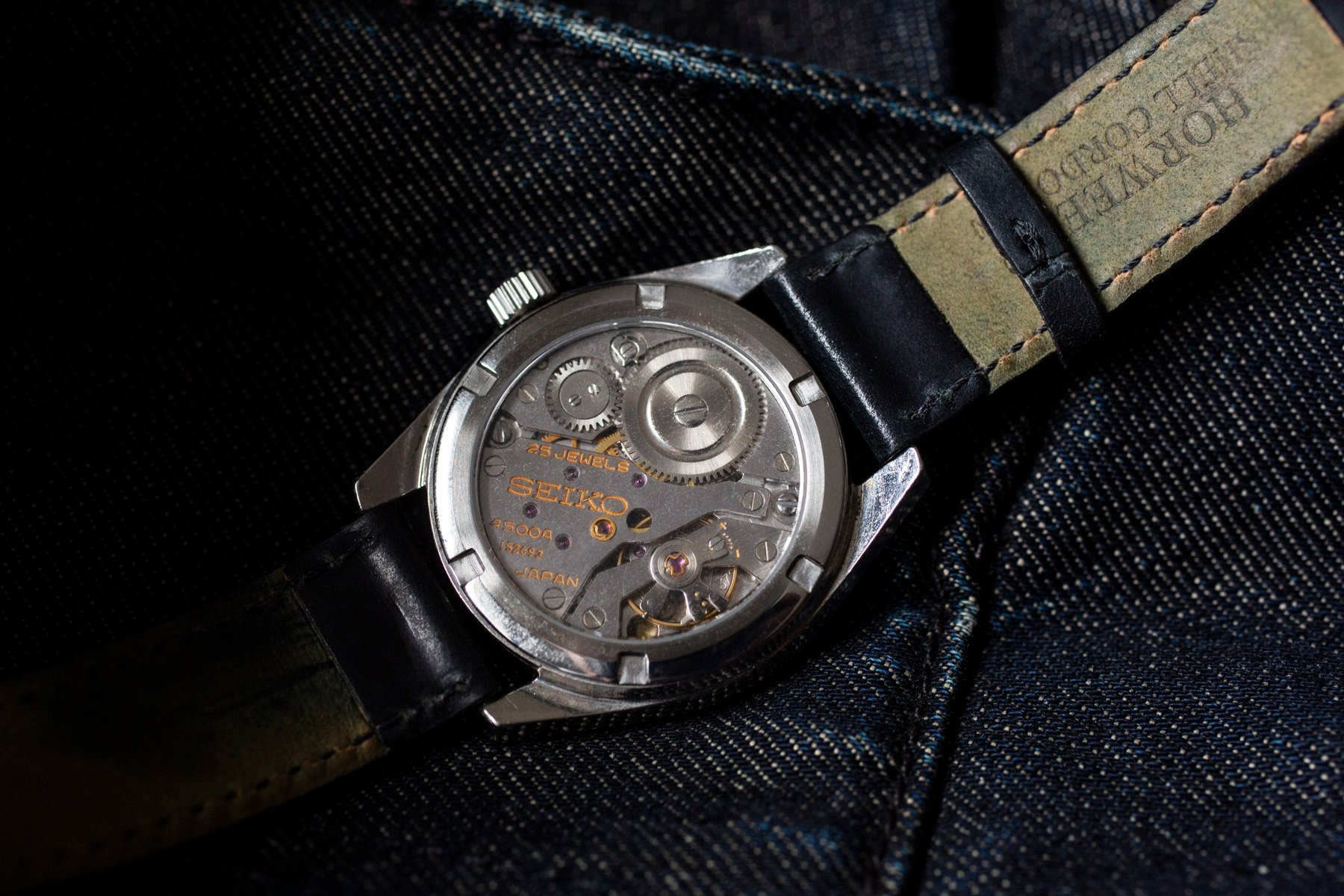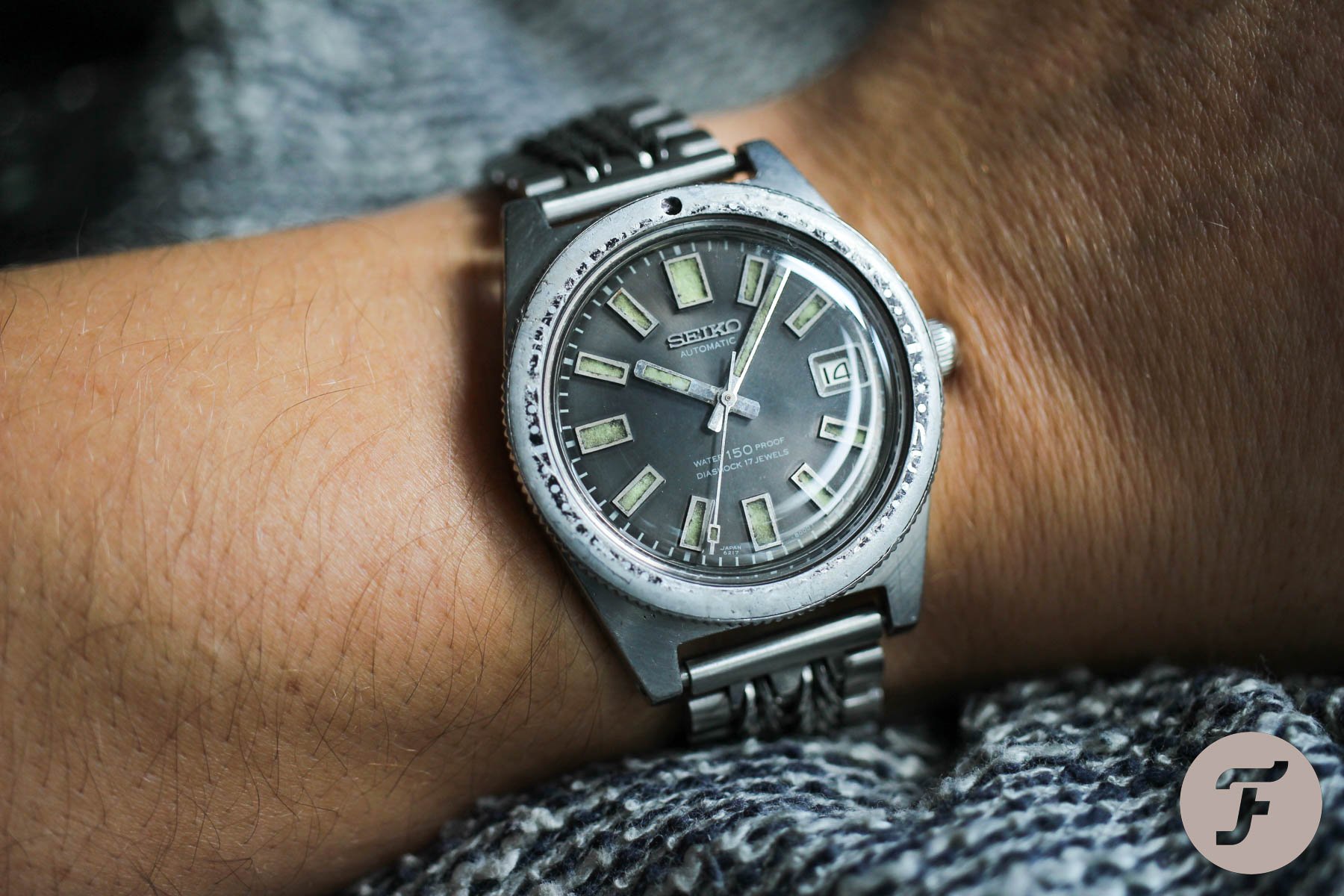Why Watch Servicing Can Be An Unexpected Challenge
I don’t know about you, but part of the whole appeal of watches for me is the notion of longevity. The concept is that, if taken care of and serviced, a watch should last a very long time indeed. However, a recent experience with Seiko has left me a little troubled.
The concept of longevity is closely tied to our horological hobby, just as it is to old Toyota pick-ups or vintage BMW motorcycles. There’s a famous video series on the UK car show Top Gear. In that series, they try to destroy a Toyota truck using increasingly elaborate means. This includes having the car parked on the top of a high-rise before it’s flattened by explosives. Remarkably, the Toyota keeps running after it’s pulled from the rubble. You can see some of that below.
Servicing your watch
Beyond the fact that it makes incredible television, the episode highlights a concept that the watch industry has never failed to remind us of: you are buying something that is made to last. It can also be that you are spending money on a mechanical timekeeping object because it will outlast you. The idea is that you can hand it down to your children one day. This basic concept is not just a worthy marketing ploy. There is some truth to the idea that we buy something like a well-made mechanical watch partly because it goes against the grain of the planned obsolescence we see in smartwatches and so many other devices today.
The problem with this notion is that we also need to factor in servicing the watch every 10 or so years. Usually, that is not a problem for the first or even second service, but when a watch has been out of production for, say, 25 years, this can raise some issues. This is a likely occurrence because most mechanical watches will still be ticking in 25 years unless some unforeseen tragedy befalls them.
A case study: servicing a neo-vintage Seiko
But it is not all rosy. Recently, I went through quite the rigmarole to get a Seiko ref. 7002-7000 dive watch serviced. Seiko produced the 7002 diver series from 1988 until 1996. My particular version hails from around 1991. It was the predecessor to the Seiko SKX007, and with a similar case profile to that watch, the 7002 is a handsome piece. According to this excellent article by my colleague Mike Stockton, the watch started as a 150m-rated diver and evolved into a more robust instrument with a 200m rating due to changes in construction around its crystal.
I had foolishly taken the watch swimming in the ocean without being certain of its service history. I noticed that there was some fog underneath the crystal when I emerged from the sea, and I knew I was in trouble! Straight away, I sent the watch to Seiko to have it overhauled and serviced. After it had been sitting in the shop for a week, I got an email from Seiko stating that the company no longer serviced or offered any support for this watch or similar watches from that era. A little gobsmacked, I then hunted around and eventually found a watchmaker in a different state and sent him the watch for an overhaul. Long story short, I did realize some watch companies refuse to service older watches, but I never expected this to be the case for a large manufacturer like Seiko.
The beauty of a generic mechanical caliber
The problem inherent in this is that it makes me question just how long I will be able to get my newer Seiko watches serviced. In 25 or 30 years, will it even be possible? The lesson here for me is that there is something truly attractive about a generic Swiss caliber. Why? Because it will be easier to service in the years to come. Something like an ETA 2824-2, a Sellita SW200-1, or a 7750-series chronograph will be much easier to maintain. This is compared to an in-house caliber, like the ones Seiko produces. Future serviceability is particularly affected when we consider that Seiko makes everything in-house, from the lubricants to the crystals and, of course, the movement parts inside the watches.
In stark contrast to my recent experience, I had an IWC from the 1990s serviced by the Schaffhausen-based watch company without issue. The caliber inside the watch (an IWC 3706 chronograph) was based on a Valjoux 7750 movement. This means that not only could IWC easily service it, but several independent watchmakers across my home country of Australia could have as well. Rather than blowing me off like Seiko did, IWC was happy to service my watch.
Future serviceability is a serious consideration
Now, this article isn’t meant to single out Seiko. Indeed, this is an issue that many brands share. But I think it acts as a pin to the balloon of the idea that we buy mechanical timepieces to escape the throwaway capitalism surrounding us. The idea that a watch company will make thousands of watches and then refuse to service them within 25 years seems to me to fly in the face of that idea.
Something occurred to me as I was going through this situation. Should brands state not only a warranty period but also a period of future serviceability in their marketing? Many watch brands offer increasingly lengthy warranties on their products. These can be multiple years beyond the one or two we used to expect. Wouldn’t it be relevant to consider whether the brand will be willing to look at your watch when it’s due for, say, its third service? I think so. For example, the people at IWC have told me they would be happy to service my grandfather’s Cal. 89 from the early 1960s. Imagine if Seiko would also do the same to something as historically important as an original 62MAS dive watch…
Concluding thoughts
Of course, future serviceability is not often at the front of our minds, particularly when buying a new or even a vintage watch. We are often more focused on the design, the condition, and the chase. The possibility of having a watch serviced, however, is a critical component of long-term ownership. Perhaps it is time for brands to be more forthcoming about how long they’re willing to service their products, especially when the products they advertise are claimed to be capable of outlasting their owners. Watch servicing seems to me to be an important point to consider.
But what do you think, Fratelli? Should brands be more forthcoming about future serviceability, or is it not a big enough issue to worry about? Let me know in the comments. I’m looking forward to reading your take on the matter.

